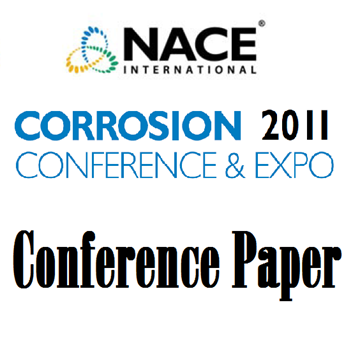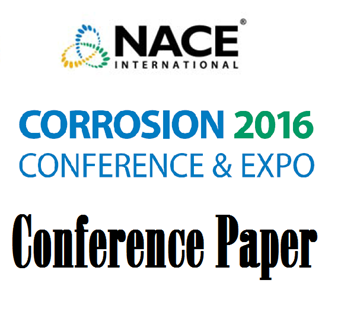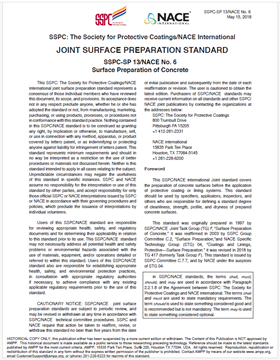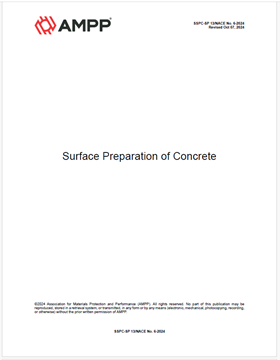Search
Products tagged with 'tensile strength'
View as
Sort by
Display
per page
11036 Low Temperature Mechanical Properties of Passive Fire Protective Coatings
Product Number:
51300-11036-SG
ISBN:
2011 11036 CP
Publication Date:
2011
$20.00
51316-7296-UNS N06055 High Chromium welding product provides resistance to PWSCC in service and to DDC and Soli
Product Number:
51316-7296-SG
ISBN:
7296 2016 CP
Publication Date:
2016
$20.00
Effect of Heat Treatment on Mechanical Properties of ATIG Welded Aluminum Alloy
Product Number:
MPWT19-14282
$0.00
NACE No. 6/SSPC-SP 13-2018, Surface Preparation of Concrete
Product Number:
21082-SG
Publication Date:
2018
$179.00
NORMA CONJUNTA DE PREPARAÇÃO DE SUPERFÍCIES SSPC-SP 13/NACE No. 6 Preparação de Superfícies de Concreto
Product Number:
SSPC-SP 13-2018-NACE No. 6-2018-Portuguese
Publication Date:
2018
$179.00
Pull-Off Adhesion Strength Testing of Lining Systems on Concrete: A Review of the Various Direct Tensil Test Methods Used for Severe Service
Product Number:
41216-992-SG
Publication Date:
2016
$20.00
Special Forgings. Technical and Quality Requirements Supplementary to Standard
Product Number:
MPWT19-15297
Publication Date:
2019
$0.00
SSPC-SP 13/NACE No. 6-2024, Surface Preparation of Concrete
Product Number:
SSPC-SP 13/NACE No. 6-2024
$109.00
Understanding Materials Testing as it Relates to Product Evaluation and Selection in the Polymeric Flooring and Coatings Industry
Product Number:
41214-856-SG
Publication Date:
2014
$20.00









